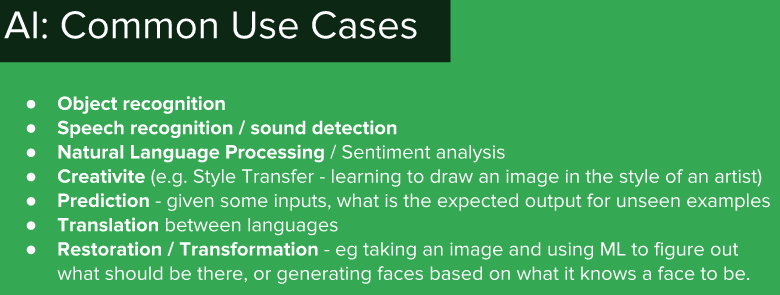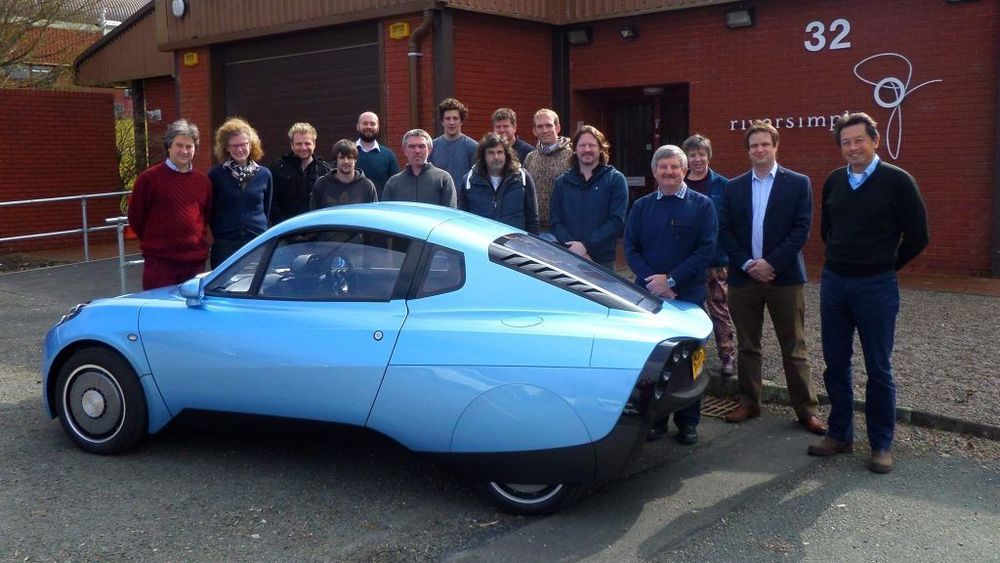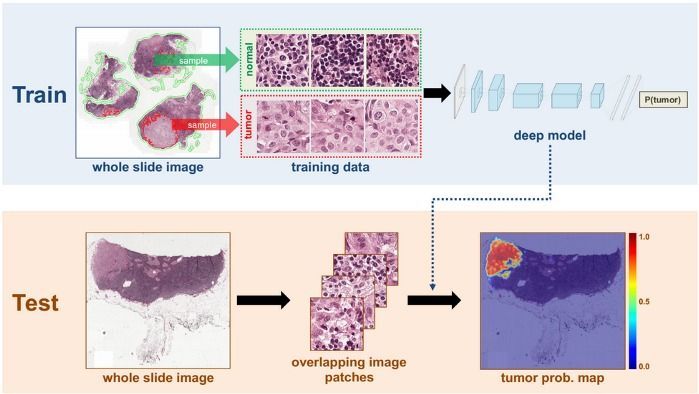
No one needs intelligence more than the military. That’s why the U.S. armed forces and intelligence services are working on a stunning array of pioneering brain development techniques that could one day make their way into civilian life. “The sophistication of our weapons and communications technologies in the Navy and elsewhere is growing dramatically,” says Harold Hawkins, a cognitive psychologist and the director of a program at the Office of Naval Research studying brain training. “To have intellectually stronger people to deal with these new systems is going to be critical.”
The Army, Navy and Air Force are all funding substantial research programs, but a $12 million program approved in January by the Intelligence Advanced Research Projects Activity (IARPA) is one of the largest. It will pay for the first year of a planned three-and-a-half-year program called Strengthening Human Adaptive Reasoning and Problem-solving (SHARP).
The SHARP program is studying techniques both ancient and avant-garde, from meditation to low-dose electrical stimulation of the brain, with an aim toward making intelligence analysts, well, more intelligent. Also on the drawing board are large-scale studies of computerized games that have shown promise in smaller studies for strengthening “working memory” — the critical-thinking ability to not simply remember facts and figures but to juggle and manipulate them. “If these interventions are actually doing what we think they’re doing,” says Adam Russell, a neuroscientist and the SHARP program’s manager at IARPA, “we should be able to demonstrate that with large numbers of participants, strong metrics and a real-world test battery.”



















